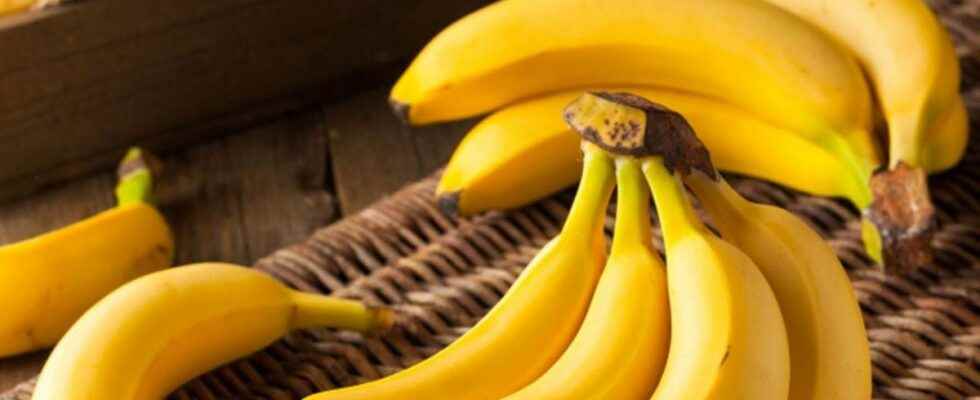Published on
Updated
Reading 2 mins.
Dress in “fruit salad” of materials based on pineapple, banana or orange or tanned with grape marc, in silk whose worms are not killed or intelligently recycled cotton: the offer is diversifying to harm less to the planet.
Exhibitors and organizers of the Première vision du textile et de la mode show, held until today in Villepinte (north of Paris), agree that there are no ideal solutions for the industry. , the second most polluting after oil, but are taking small steps to be as clean as possible.
“The message we are sending is that of the eco-responsible transformation of fashion”told AFP Gilles Lasbordes, director general of Première vision.
“Producing clothes, bags, shoes has an impact on the planet” and in certain areas including that of fibers “we are far from true eco-responsibility”he adds.
“Least Worst”
Pauline Guesné, co-founder of the French start-up Induo, presents her brand wearing a long white “bridal” dress, an illustration of the chic rendering of the “water-repellent” cotton that she develops.
Water-guzzling, grown on the other side of the world by poorly paid workers, “cotton has a bad reputation. We try to mitigate with certified materials”she told AFP.
The fact that it is water-repellent avoids stains, which means less washing and “we will gain with use in terms of ecological impact”.
Cotton is also a fabric that “is best recycled today”. “We thought about the product as a whole of the life chain and we said to ourselves that it is the least worst”she points out.
Developed by Induo, a recycling solution for multicolored or multi-composition products, such as a cotton-polyester blend, is in the industrialization phase.
Agri-food waste
The Spanish company Pyratex is on a mission to replace synthetic textiles with natural ones.
One of the latest innovations is around Naples orange peels which are processed to extract the cellulose which is then transformed into yarn. She also works from the leaves and trunks of banana trees.
The raw material certainly comes from afar, but “We support local farmers in this way”emphasizes Camila Reyna of Pyratex.
The Swiss brand Bananatex works with fiber from banana trees that grow mainly in the Philippines, spun in Taiwan for bags made in Asia.
“In Europe, hemp would be a good solution, we tested it in 2012, it was complicated because the know-how has disappeared. Cotton goes around the world before being spun, with textiles made from oil, it’s completely non-transparent”summarizes to AFP Hannes Schönegger, co-founder of Bananatex.
“The recovery of waste from the food industry is really interesting because we don’t draw on fossil resources, nor do we specifically produce a fibre”underlines Ariane Bigot, assistant to the fashion direction of Première vision.
Silk “without violence”
The Brazilian house Nova Kaeru looked to fishing to develop its exotic marine leathers particularly appreciated by the American avant-garde designer Rick Owens who parades in Paris.
They are made from scales of the pirarucu, the world’s largest freshwater fish living in the Amazon River basin.
“We made something beautiful out of a material that had been thrown away before”emphasizes Rodrigo Lopes, sales manager in Europe.
This year, Nova Kaeru is launching beLEAF, leaves of the elephant ear plant tanned with natural ingredients, with characteristics similar to leather.
Based in India, Cocccon Peace organic Silk produces silk without killing silkworms by cutting the cocoon in such a way that the butterfly can hatch.
This technique protects biodiversity but is not profitable, allowing only 70% of threads to be recovered. The cocoons are reused to make fertilizer.
